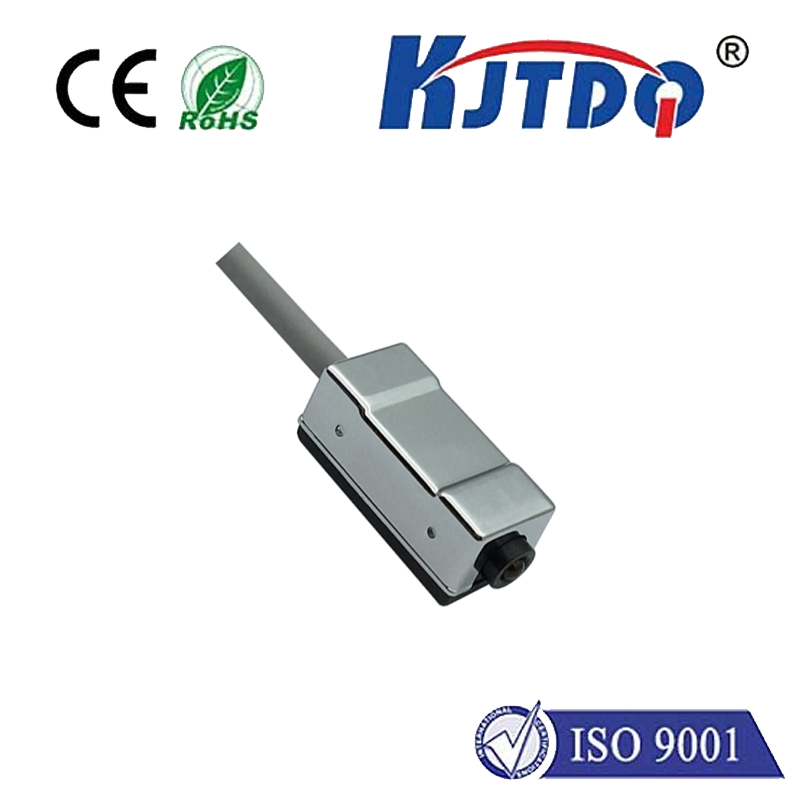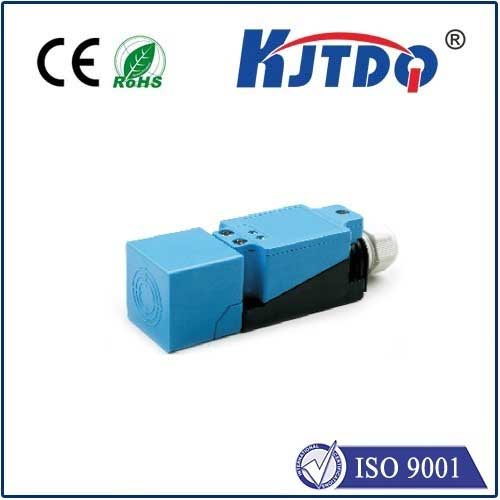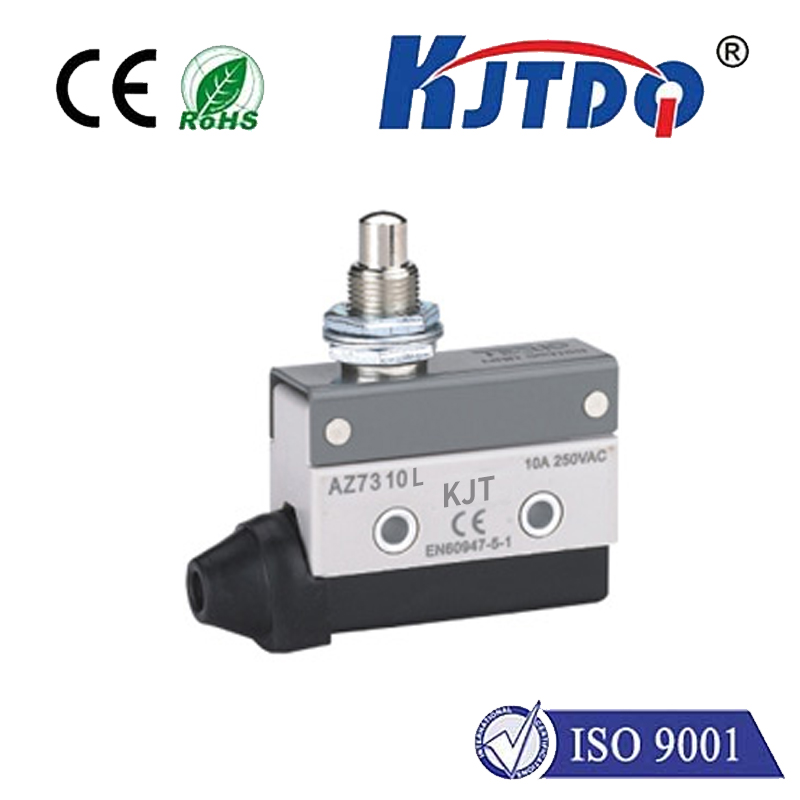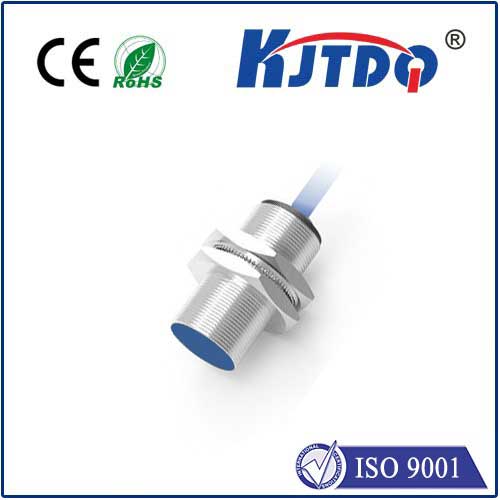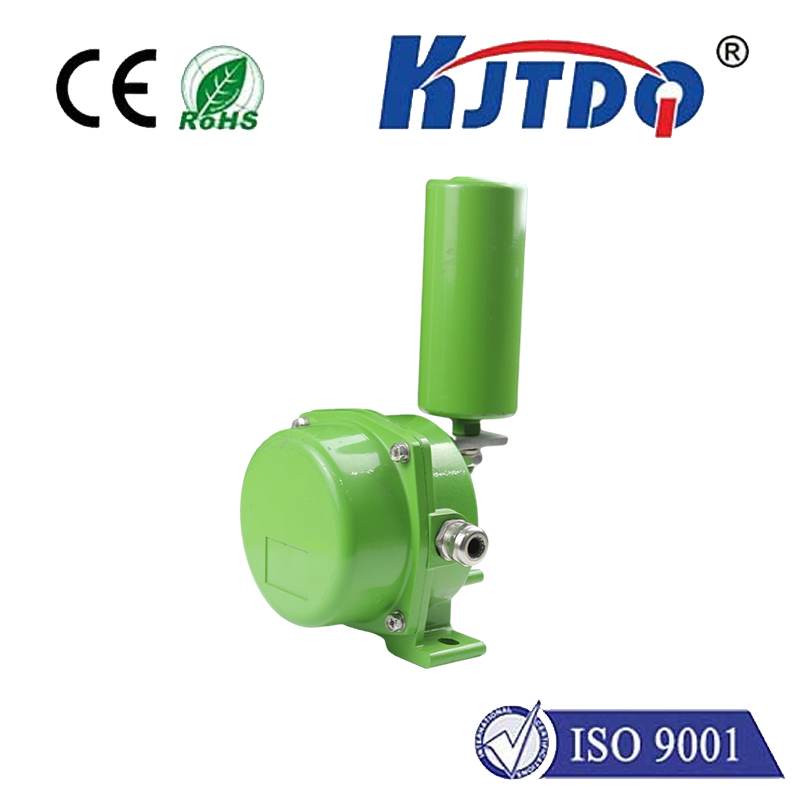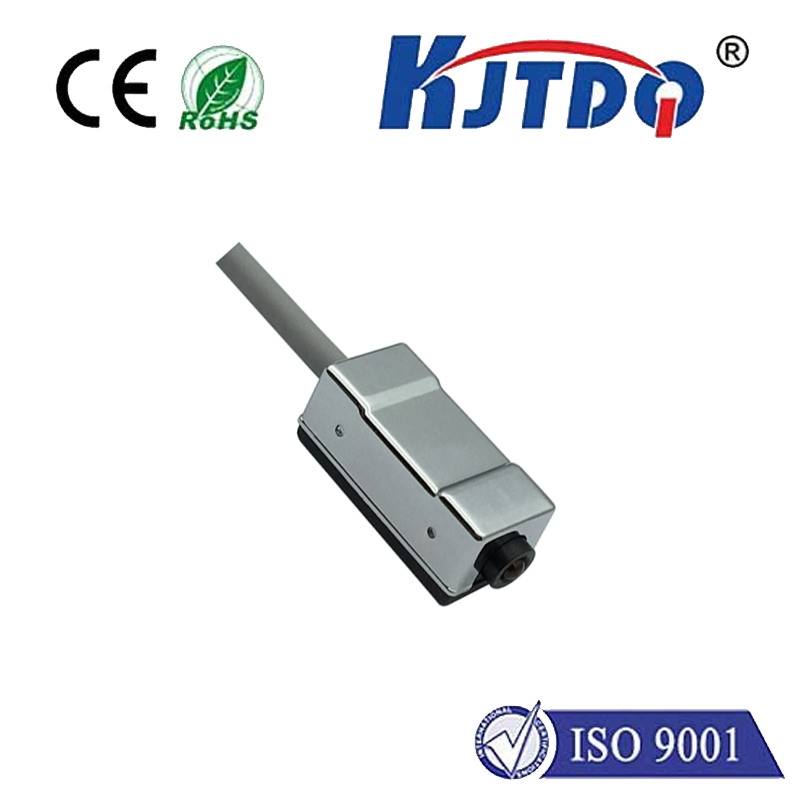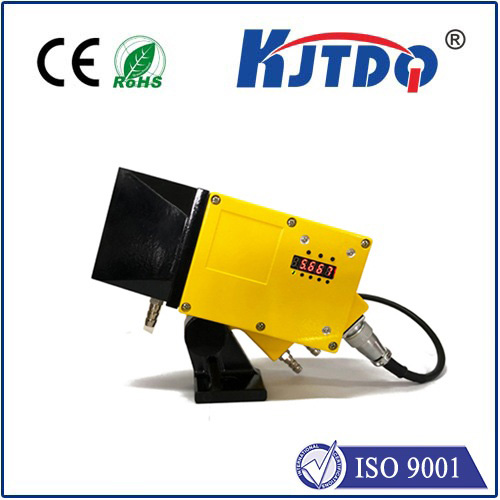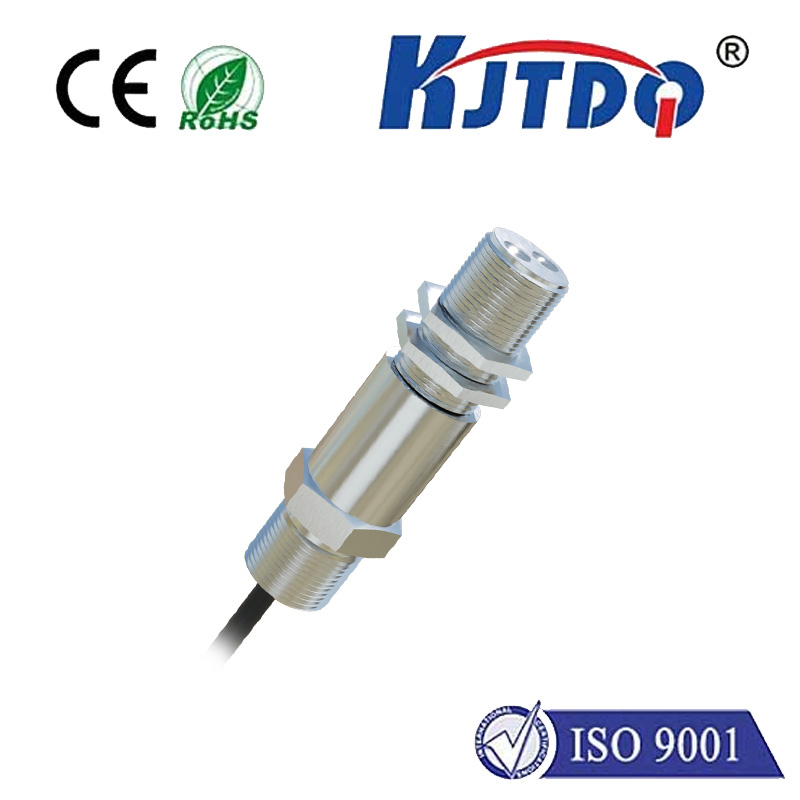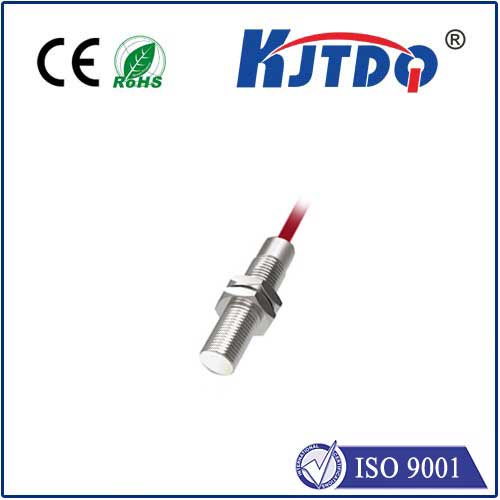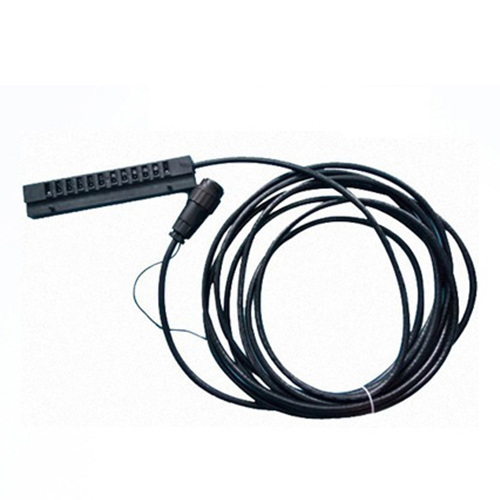BES05NL high pressure proximity sensor
- time:2025-10-17 04:27:25
- Click:0
BES05NL High Pressure Proximity Sensor: Uncompromising Detection in Demanding Industrial Environments
In the high-stakes world of industrial automation, where precision and reliability are non-negotiable, proximity sensing often faces its toughest challenges. Imagine critical machinery operating under immense hydraulic pressure, subjected to intense vibrations, splashed with cutting fluids, or bathed in sweltering heat. Traditional sensors falter, leading to costly downtime, potential safety hazards, and compromised production quality. This is the exact battleground where the BES05NL High Pressure Proximity Sensor excels – engineered to deliver unwavering performance where others simply fail.
Understanding the BES05NL: More Than Just Proximity
The “BES05NL” is a specific model identifier for a type of inductive proximity sensor designed explicitly for high-pressure applications. Let’s break down its defining characteristics:

- Inductive Proximity Sensor: It detects the presence or absence of metallic objects (typically ferrous metals like steel or iron) without physical contact. It generates an electromagnetic field; when a metal target enters this field, it causes a detectable change, triggering the sensor’s switch signal.
- High Pressure: This is the core differentiator. The BES05NL is built to withstand significant external pressure – often rated for pressures up to 500 bar (approximately 7250 psi) or higher, depending on the exact specification. This capability is crucial for embedding sensors directly into hydraulic systems, high-pressure cylinders, or valves.
- Design Focus: Achieving this pressure resistance necessitates a robust housing design, typically featuring:
- A stainless steel housing (often V4A / AISI 316L) for exceptional corrosion resistance against aggressive media like salt water, coolants, or hydraulic oils.
- Special sealing techniques to prevent pressure ingress and protect sensitive internal electronics.
- A ruggedized sensing face capable of handling the mechanical stress associated with high-pressure environments.
- Key Specifications (Typical):
- Operating Pressure Range: Commonly rated for 0 to 500 bar.
- Temperature Tolerance: Designed for stable operation in a wide temperature range (e.g., -25°C to +85°C or higher), essential for environments with fluctuating or extreme heat.
- Environmental Protection: High IP67 or IP69K ratings are standard, ensuring resistance against dust ingress and high-pressure water jets or steam cleaning.
- Electrical Output: Typically features a PNP normally open (NO) configuration compatible with most standard control systems. Operating voltage ranges like 10-30V DC are common.
- Detection Range: Depends on the specific variant but often falls around 5mm nominal sensing distance for steel targets.
Why the “High Pressure” Capability is a Game-Changer
Integrating sensing directly into high-pressure zones offers significant technical and operational advantages over traditional sensing methods (like mounting sensors outside a cylinder):
- Direct, Reliable Position Feedback: Sensors placed inside cylinders or directly on pressurized components provide far more accurate and timely position data for pistons, spools, or tooling. There’s absolutely no reliance on external linkages or mechanisms, which can introduce lag, wear, or inaccuracies.
- Enhanced Durability and Longevity: By eliminating external levers or complex mounting brackets, the BES05NL significantly reduces points of potential mechanical failure. Its robust construction directly withstands the environment it monitors.
- Simplified System Design: Integrating the sensor into the high-pressure component streamlines mechanical assembly, reduces overall system footprint, and lowers design complexity.
- Improved Sealing Integrity: Designed for pressure from the outset, these sensors provide a reliable seal at their point of installation, preventing leaks that could occur if trying to retrofit a standard sensor into a high-pressure port.
- Increased Resistance to Shock & Vibration: The solid construction inherently offers superior resistance to the harsh shocks and vibrations common in heavy machinery and hydraulic systems.
Critical Applications Where the BES05NL Shines
This sensor isn’t a general-purpose component; it’s a specialist deployed in the most demanding scenarios:
- Hydraulic Cylinders: End-position detection of pistons within cylinders under high operating pressure is its primary domain.
- Hydraulic Valves & Manifolds: Monitoring spool position within directional control valves or integrated hydraulic blocks operating at system pressure.
- Injection Molding Machines: Position sensing of injection unit components subjected to immense melt pressure and high temperatures.
- Die Casting Machines: Detecting component positions in the high-pressure casting environment.
- Presses & Forming Machinery: Precise tool positioning feedback within hydraulic or pneumatic presses.
- Test Benches & Pressure Vessels: Leak testing setups or monitoring within pressurized chambers.
- Offshore & Marine Equipment: Where corrosion resistance (316L Stainless Steel) combined with pressure tolerance is essential for reliable operation in harsh saltwater environments.
Key Considerations When Implementing the BES05NL
To leverage its full potential, careful selection and installation are vital:
- Confirm Pressure Rating: Double-check the specific BES05NL variant’s rated maximum pressure to ensure it exceeds the peak pressure of your application, including potential pressure spikes.
- Target Material: Ensure your target object is ferromagnetic steel (or confirm compatibility for specific non-ferrous metals if required – sensing distance will be reduced).
- Mounting: Follow the manufacturer’s instructions precisely, especially regarding torque specifications for the threaded body. Over-tightening can damage seals or the housing, while under-tightening can cause leaks. Ensure the sensor face is flush with any surrounding surface unless designed otherwise.
- Temperature: Verify the sensor’s operating temperature range covers the environment’s ambient and process-induced temperatures.
- Electrical Compatibility: Match the sensor’s output type (PNP NO), voltage range, and load requirements with your PLC or controller input module. Proper cable gland selection is crucial for maintaining the pressure and ingress protection rating.
The Tangible Value Proposition of Robust High-Pressure Sensing
Investing in sensors specifically designed for high-pressure environments like the BES05NL delivers measurable operational benefits:
- Dramatically Reduced Downtime: Eliminating failures caused by pressure leakage, mechanical wear on external linkages, or standard sensor collapse under pressure directly increases machine uptime and productivity. Fewer unscheduled stops mean significant cost savings.
- Enhanced Process Accuracy & Quality: Reliable position feedback translates to precise control of hydraulic actuators and tools, leading to improved product consistency and reduced scrap rates.
- Lower Total Cost of Ownership (TCO): While the initial investment might be higher than standard sensors, the superior longevity, reduced maintenance needs, and elimination of associated mechanical parts result in lower long-term operational costs.
- Improved Safety: Reliable detection and machine control are fundamental safety elements, preventing malfunctions that could lead to hazardous situations.
The BES05NL High Pressure Proximity Sensor epitomizes engineering tailored for extreme conditions. It transforms a fundamental automation task – object detection – into a reliable process even within the punishing realms of high-pressure hydraulics and harsh industrial environments. When your application demands unwavering performance where pressure is relentless, choosing a purpose-built sensor like the BES05NL isn’t just an option; it’s the critical foundation for achieving robust, efficient, and failure-resistant automation. Its presence ensures that vital position feedback isn’t a system weakness, but a pillar of strength enabling peak operational performance.






